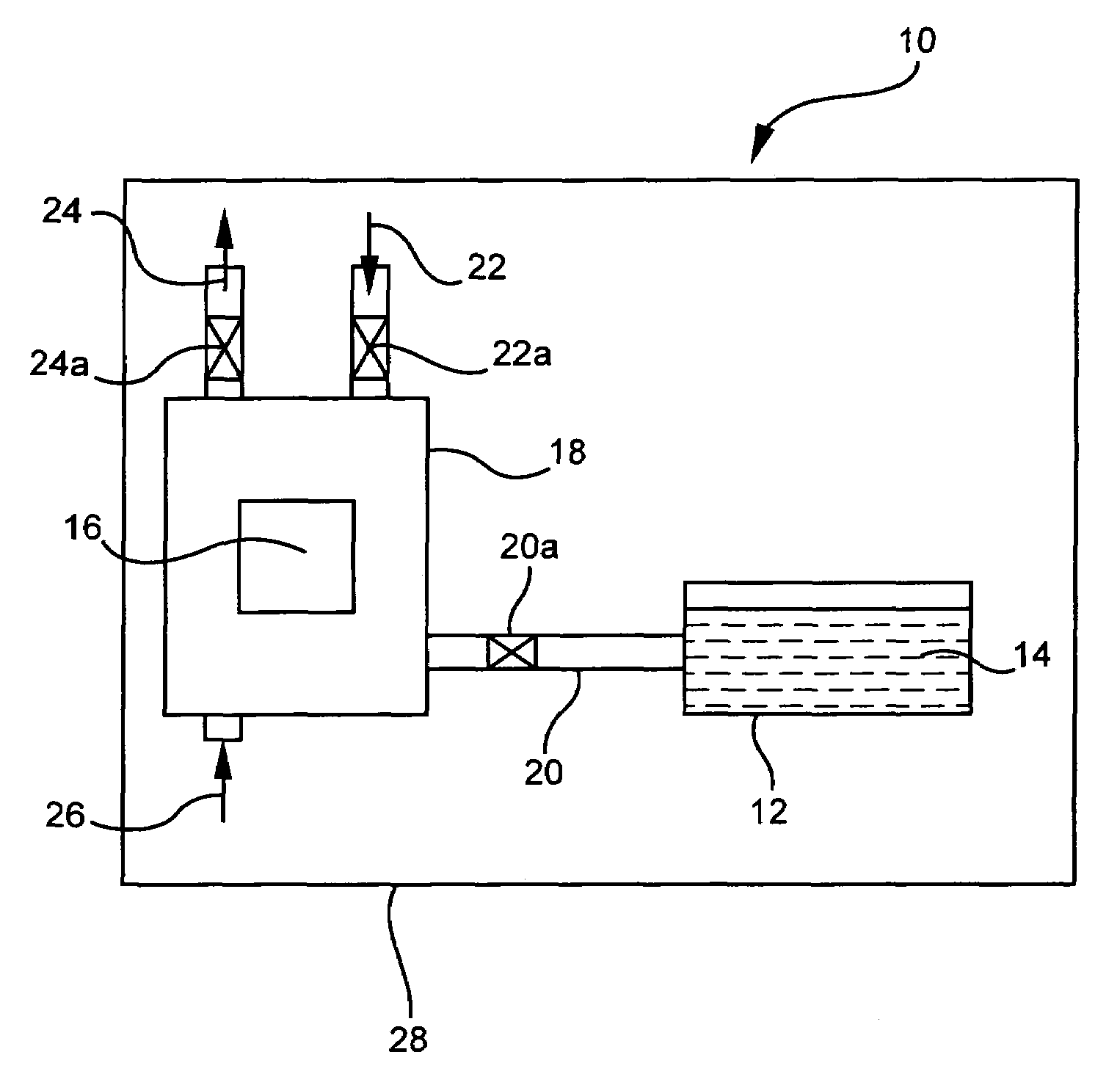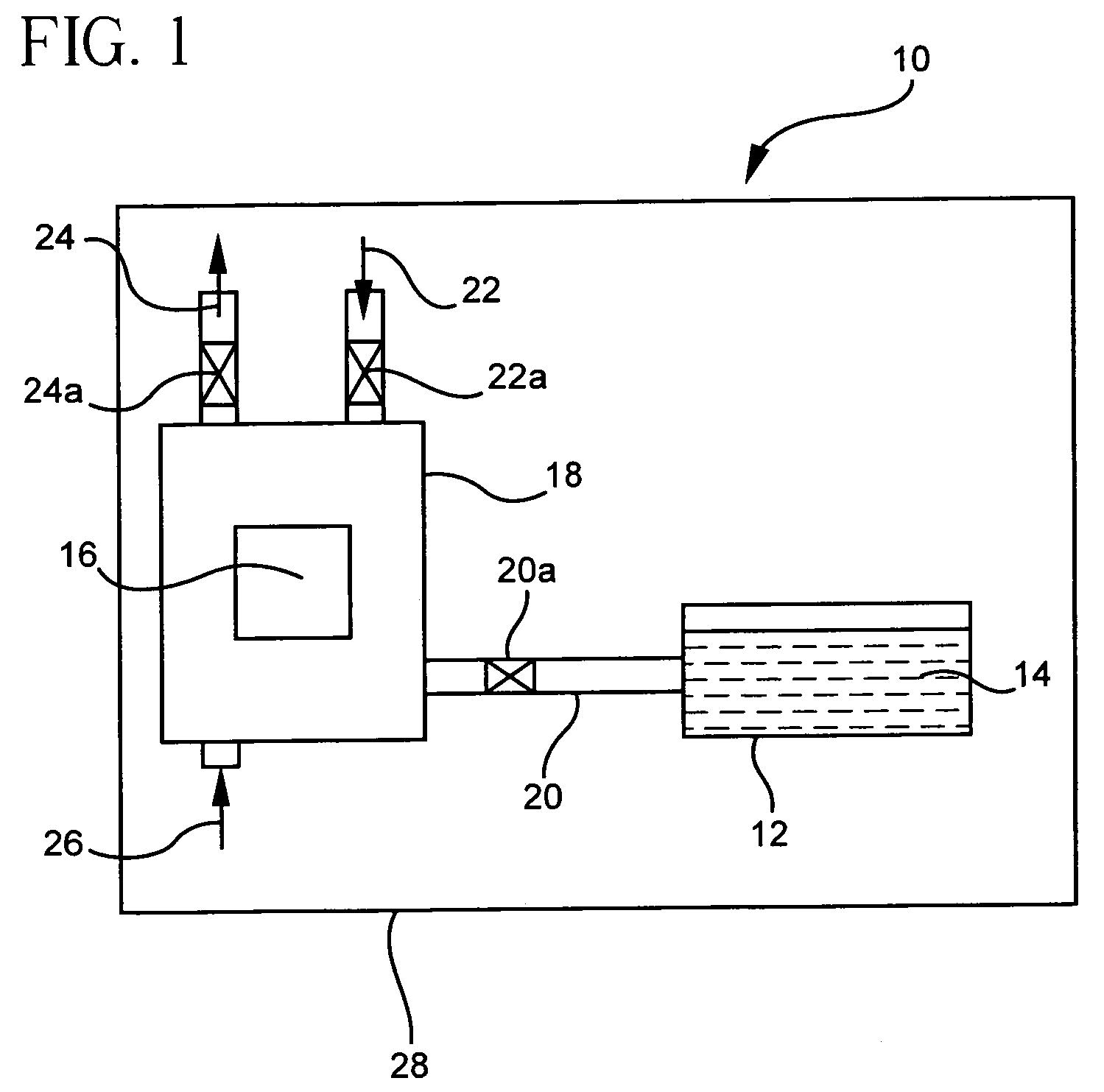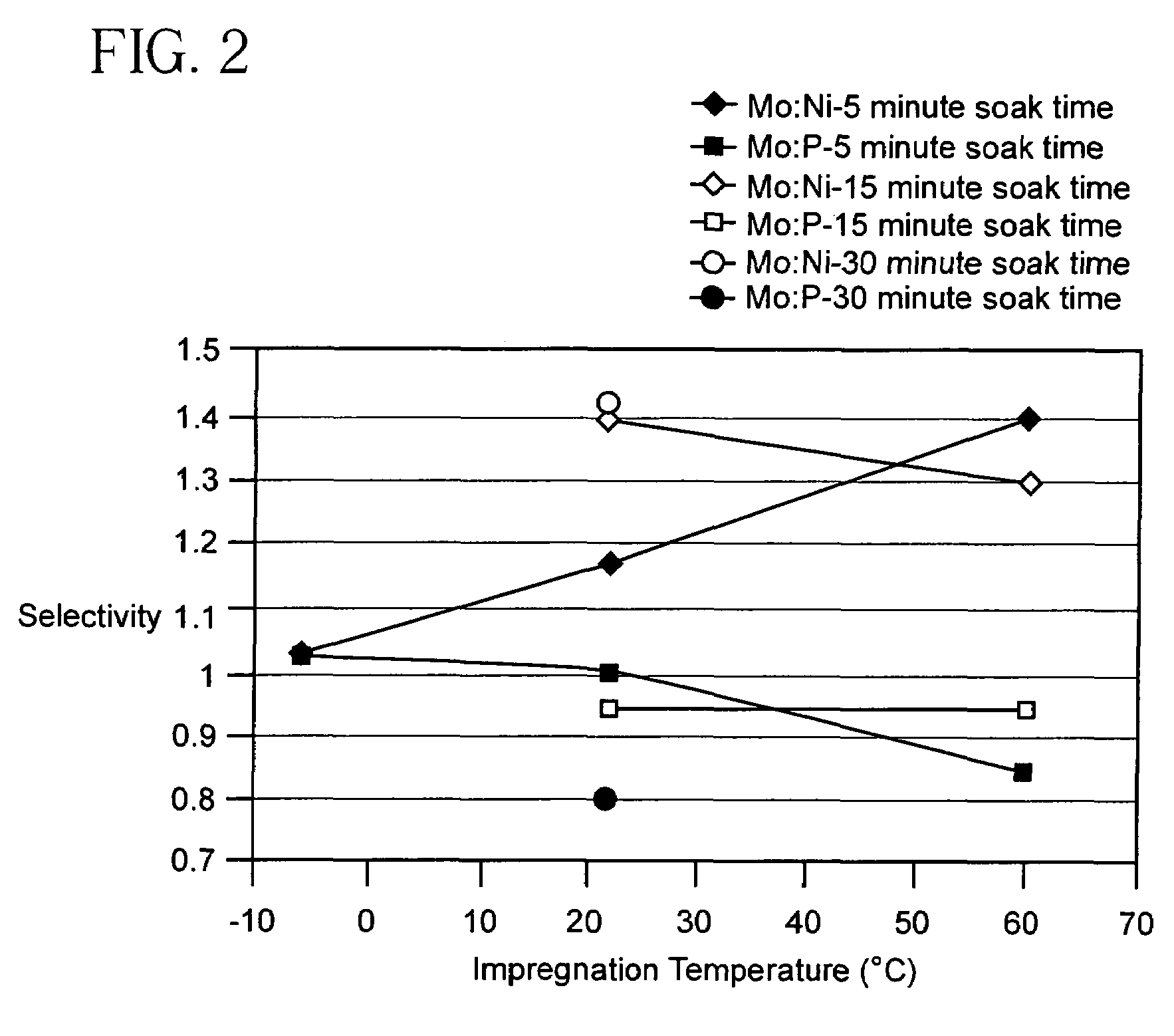Method for preparing catalysts
a catalyst and catalyst solution technology, applied in the field of catalyst preparation, can solve the problems of poorly distributed catalysts, pore volume impregnation is not readily applicable to monolithic catalyst supports, and interaction between the surface of the support and the catalyst solution, so as to achieve unit selectivities and reduce chemisorption rates
- Summary
- Abstract
- Description
- Claims
- Application Information
AI Technical Summary
Benefits of technology
Problems solved by technology
Method used
Image
Examples
examples
[0029]In a first set of experiments a series of honeycomb substrates composed of gamma alumina (F-1) having properties as presented in Table 1, are impregnated with a catalyst solution containing a mixture of molybdenum oxide, nickel carbonate, and phosphoric acid, and having a Tf equal to −10° C. Catalyst solutions containing combinations of nickel, molybdenum and phosphorus are known for hydrotreating catalyst preparations as described in U.S. Pat. Nos. 6,531,054, 6,576,584, 6,589,908, and 6,620,313.In Table I, the surface area (m2 / g) is measured by nitrogen BET, with pore volume (ml / g), median pore size (Å) and distribution (% pore volume>350Å) being measured by mercury intrusion proximity.
[0030]The impregnation is carried out at temperatures of −6° C., 20° C. and 60° C., and soak times of 5, 15, and 30 minutes. Selectivites for Mo / Ni and Mo / P ratios are calculated from measured weight fractions of Mo, Ni, and P normalized by the weight ratios of Mo / Ni and Mo / P in the initial cat...
PUM
| Property | Measurement | Unit |
|---|---|---|
| pressure | aaaaa | aaaaa |
| pressure | aaaaa | aaaaa |
| temperatures | aaaaa | aaaaa |
Abstract
Description
Claims
Application Information
 Login to View More
Login to View More - R&D
- Intellectual Property
- Life Sciences
- Materials
- Tech Scout
- Unparalleled Data Quality
- Higher Quality Content
- 60% Fewer Hallucinations
Browse by: Latest US Patents, China's latest patents, Technical Efficacy Thesaurus, Application Domain, Technology Topic, Popular Technical Reports.
© 2025 PatSnap. All rights reserved.Legal|Privacy policy|Modern Slavery Act Transparency Statement|Sitemap|About US| Contact US: help@patsnap.com



